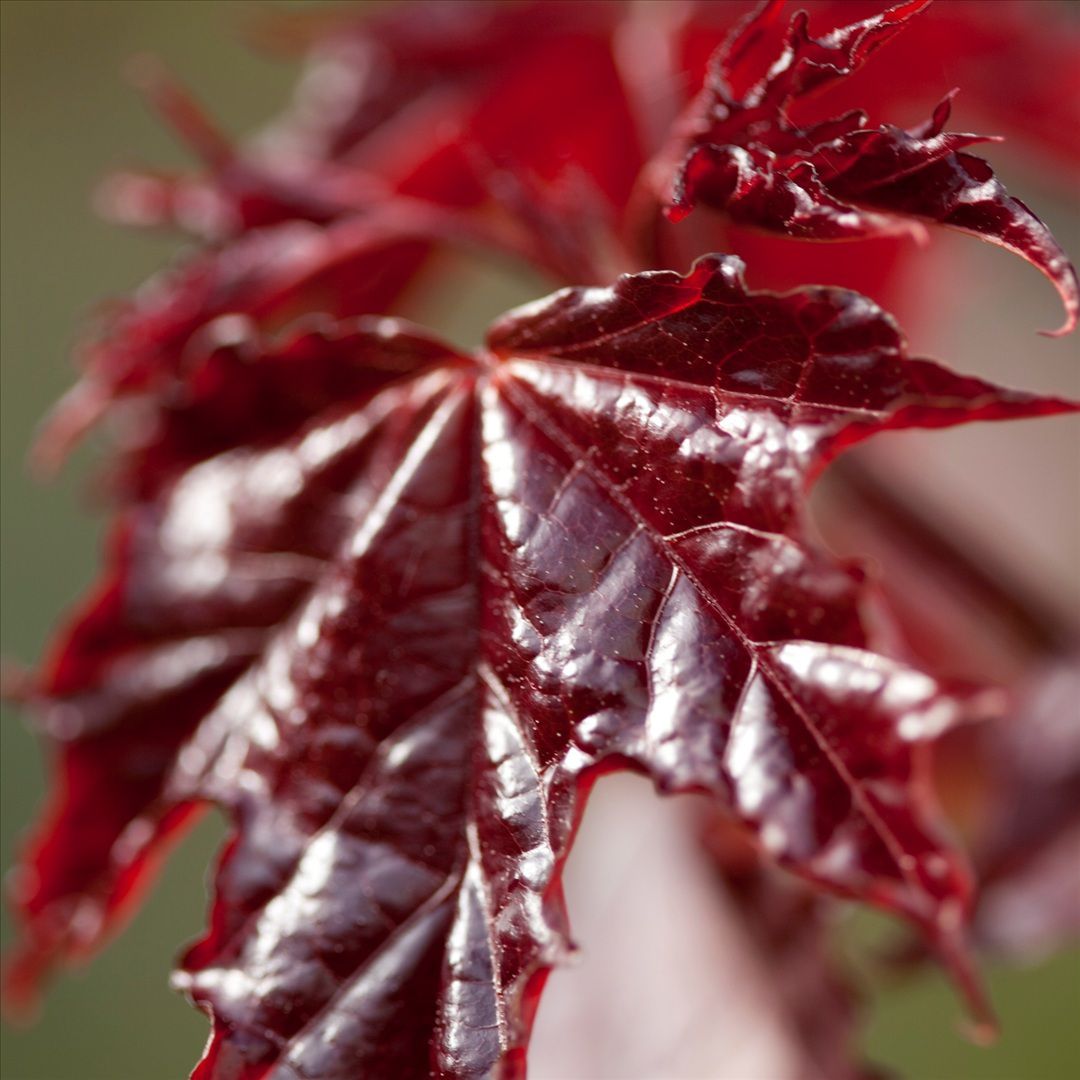-
 Costal
Costal
-
 Guttation
Guttation
-
 Crystalline aggregate
Crystalline aggregate
-
 Certificate
Certificate
-
 Organic phosphate group
Organic phosphate group
-
 Private key
Private key
-
 Cheilio
Cheilio
-
 Cucumber
Cucumber
-
 Migratory
Migratory
-
 Photolyase
Photolyase
-
 Oceanic zone
Oceanic zone
-
 Endocrine
Endocrine
-
 Valence band
Valence band
-
 Mars Global Surveyor
Mars Global Surveyor
-
 Power consumption
Power consumption
-
 Unsanitary water
Unsanitary water
-
 Beta-2 stimulant
Beta-2 stimulant
-
 H5N1
H5N1
-
 Distilled water
Distilled water
-
 General relativity
General relativity
-
 Barchan
Barchan
-
 Urine M&C
Urine M&C
-
 Realism
Realism
-
 Computer
Computer
-
 Epitope
Epitope
-
 AMP
AMP
-
 Proliferation
Proliferation
-
 Arms
Arms
-
 Hanbury Brown–Twiss effect
Hanbury Brown–Twiss effect
-
 Ice shelf
Ice shelf
Norway maple
The Norway maple is especially known for its spectacular blooms which blossom in spring when other trees do not have leaves or flowers yet. This characteristic can be used to differentiate it from its cousin the sycamore. The Norway maple strongly resembles the sycamore but the sycamore blossoms after its leaves develop. This species reaches heights of 25 to 30 metres.

The Norway maple is also called the "heirloom maple". © Jpek, Flickr by-nc-sa 3.0
Names
The Norway maple (Acer platanoides), a member of the Aceraceae family, is also called the heirloom maple.
Botanical description
This tree has a robust appearance with an ovoid crown and few branches. Its bark is dark grey, marked with long vertical, shallow cracks. Its deciduous leaves grow opposite one another on the branches. Similar to resembling the leaves of the plane tree, they are 12 to 15 centimetres wide and have five lobes separated by rounded sinuses. They have very delicate tips, a very long petiole and, on the back, five very visible veins. This foliage turns golden yellow in autumn. In April its greenish yellow flowers that are 5 to 6 millimetres wide are clustered in raised bouquets. Its fruit, samara, are fused in pairs at an obtuse angle as extensions of one another.

Norway maple (Acer platanoides). © Urtica, Flickr by-nc-sa 3.0
Origins
Traces of the Norway maple have been found dating back 50 million years. It was introduced into France in the mid 18th century for its aesthetic qualities. It is found at altitudes of up to 1,500 metres.
Growing conditions
This is a species that grows in full light, preferring rich soil that is not very acid. It is generally found in settlements dispersed amidst other species.
Use
This plant is melliferous and is planted in alignment plantations or as an ornamental tree. Its hard wood can also be used to make handles or tools.
Author: Michel Caron
 The Norway maple. © Finnur Malmaquist, Flickr by-nc-nd 3.0
The Norway maple. © Finnur Malmaquist, Flickr by-nc-nd 3.0
Latest
Fill out my online form.



